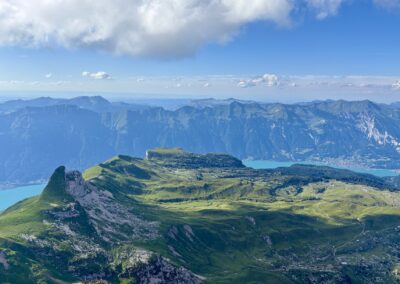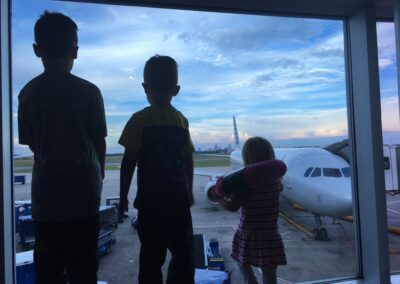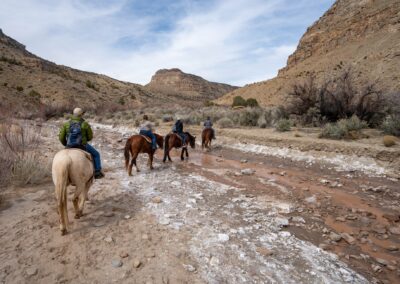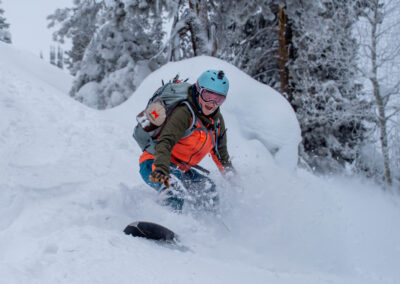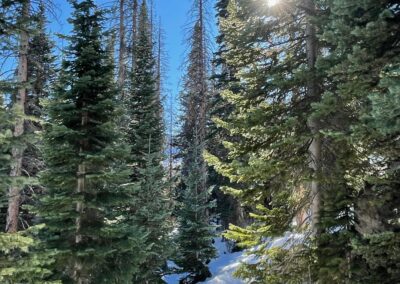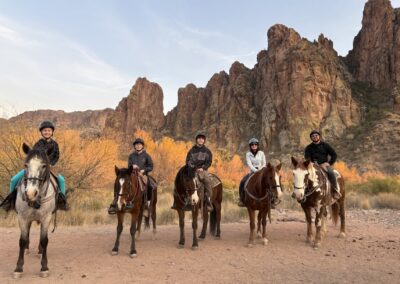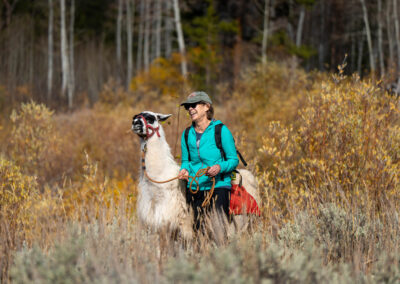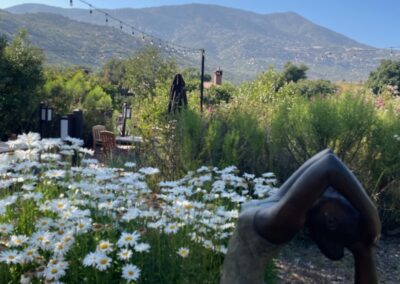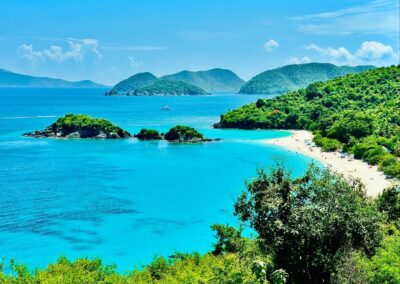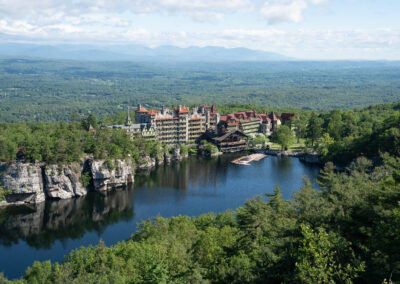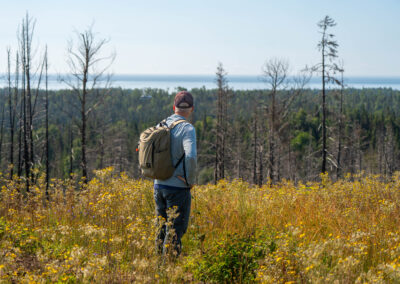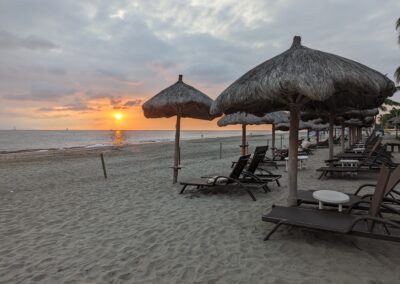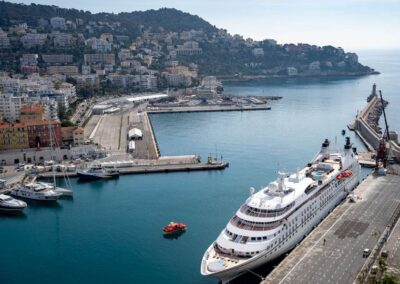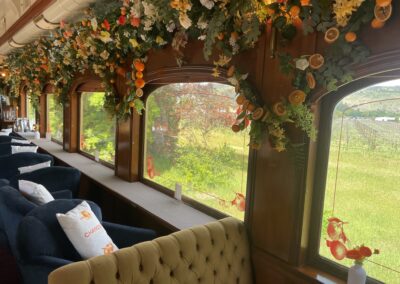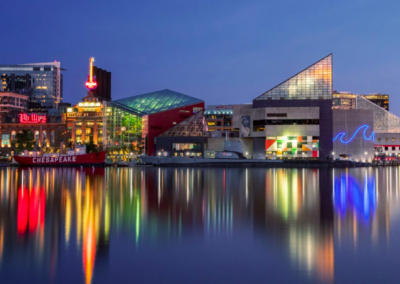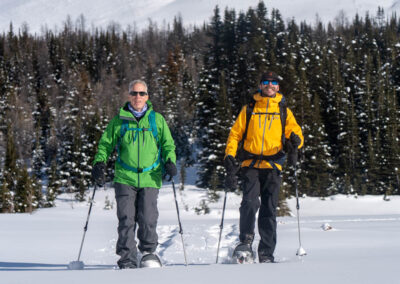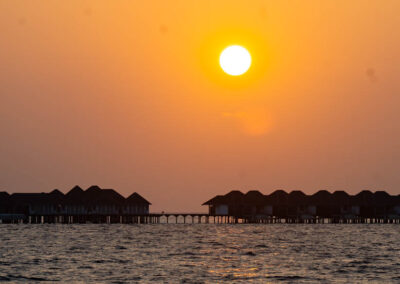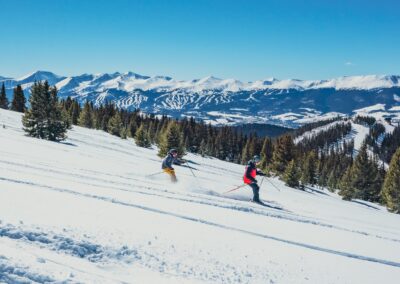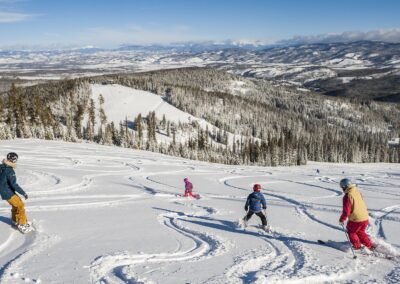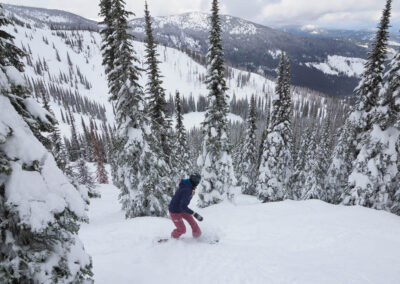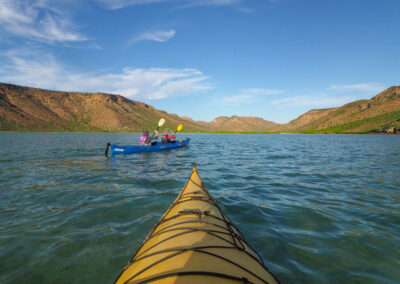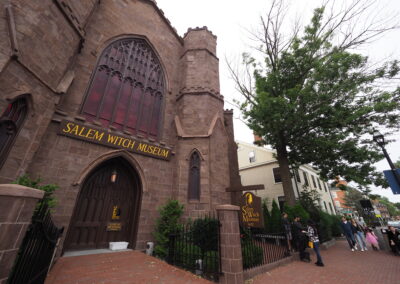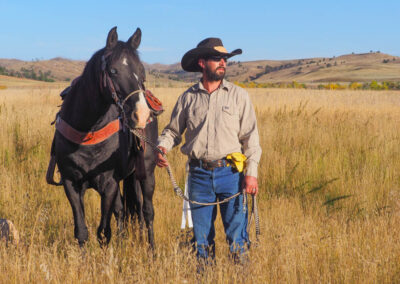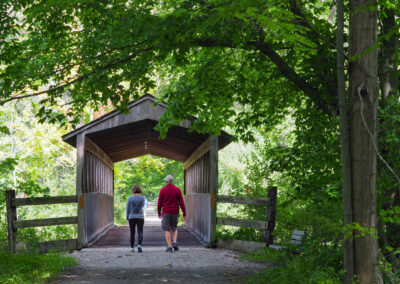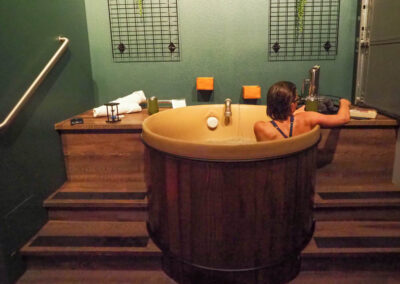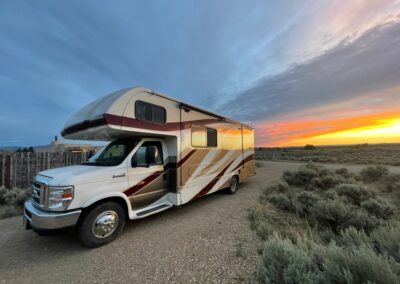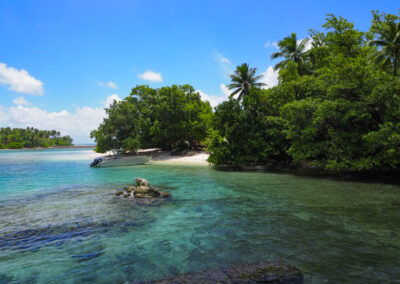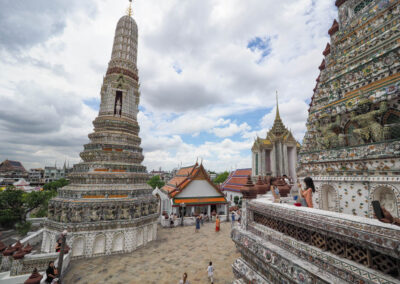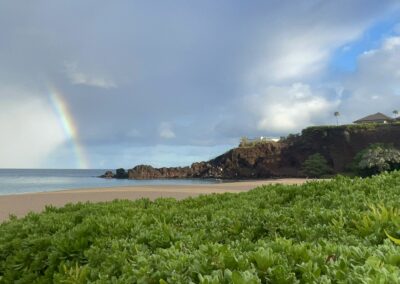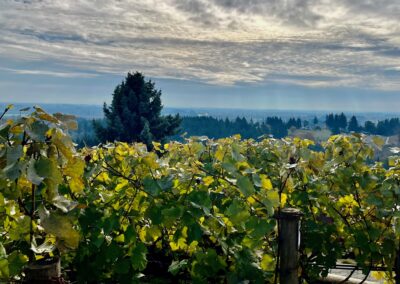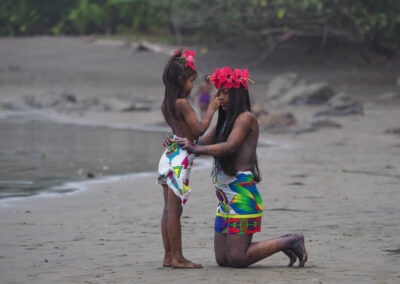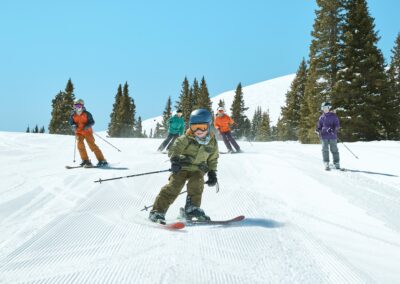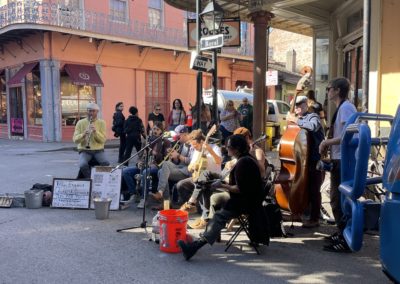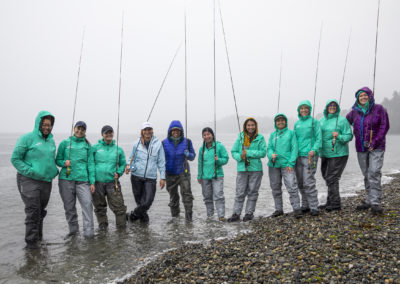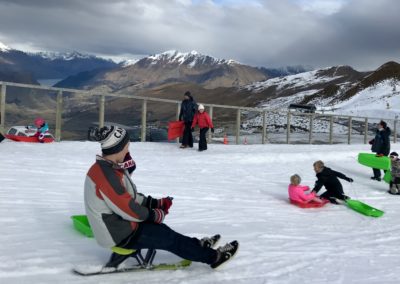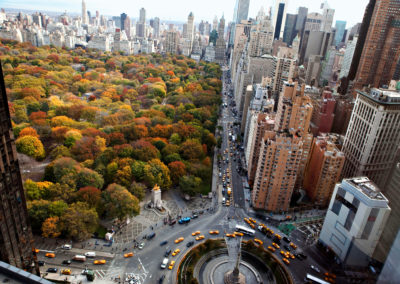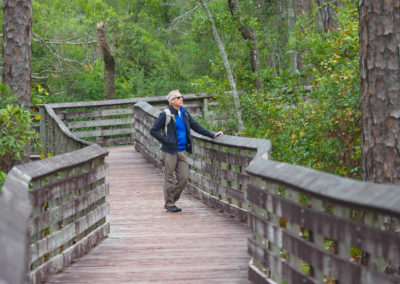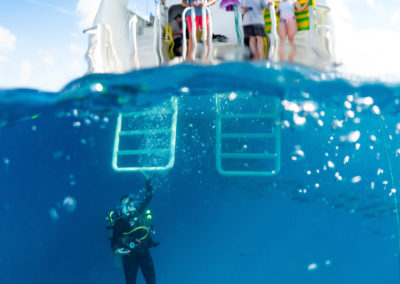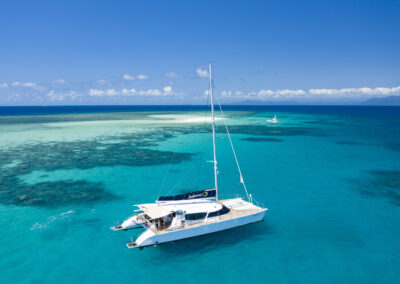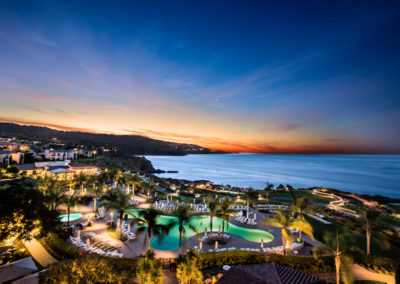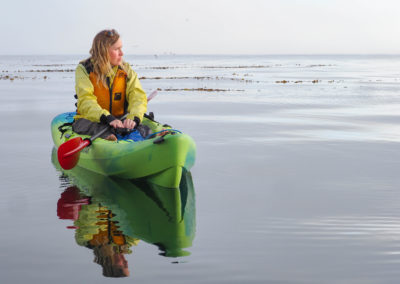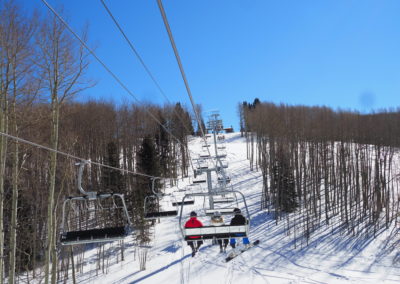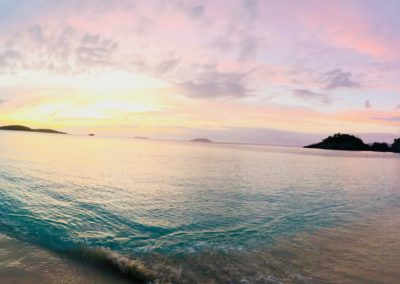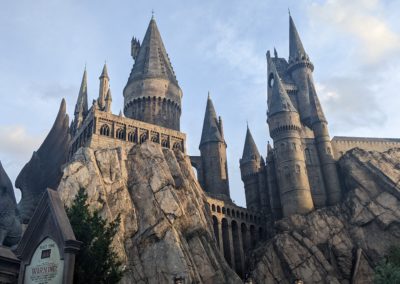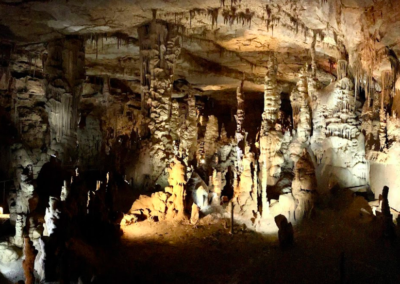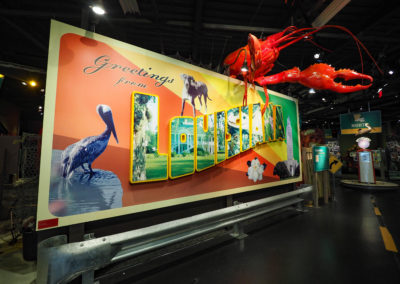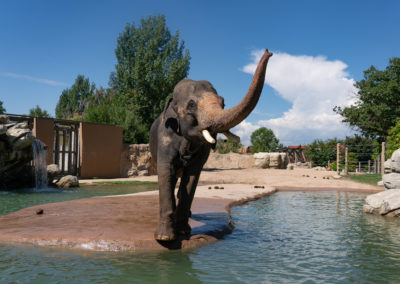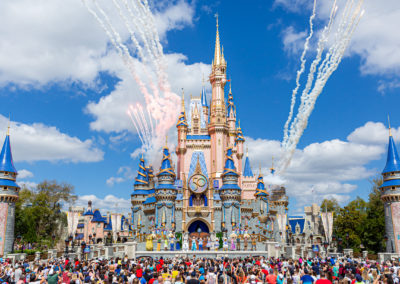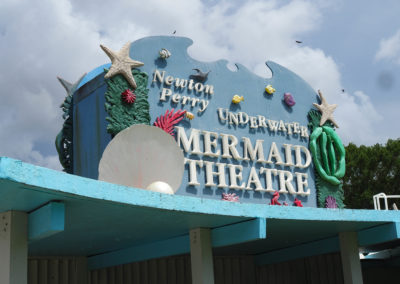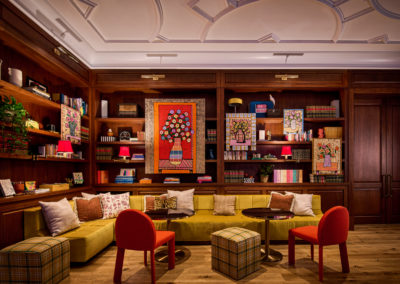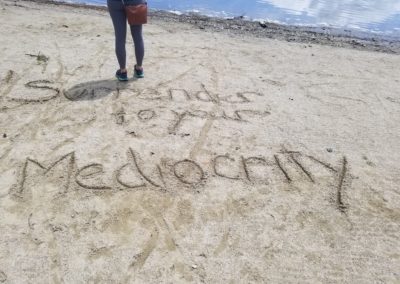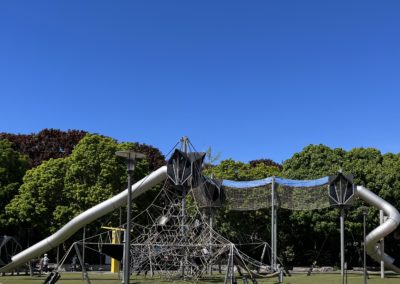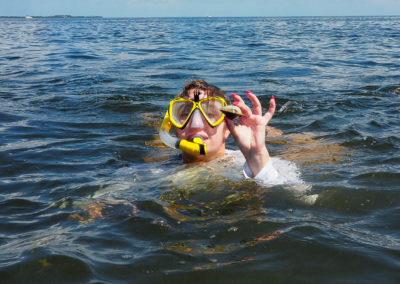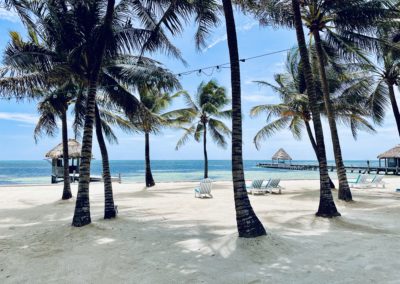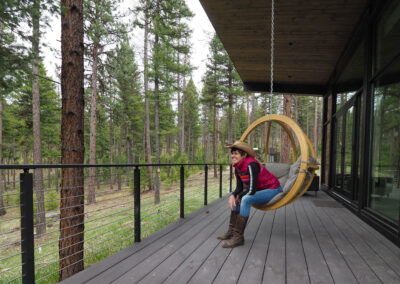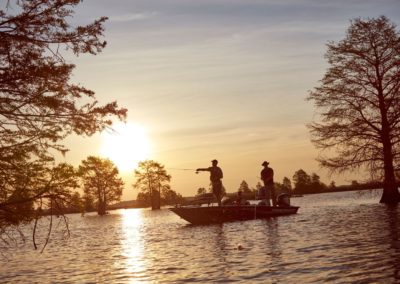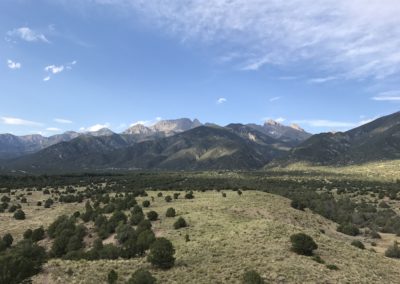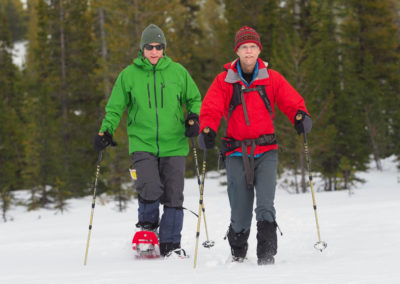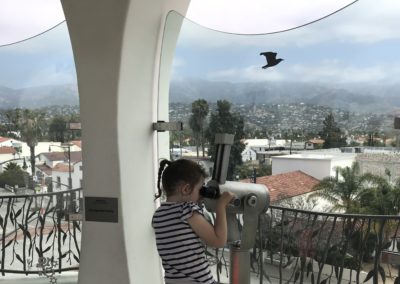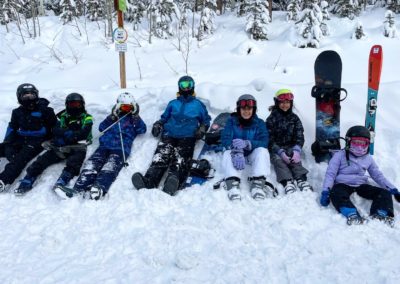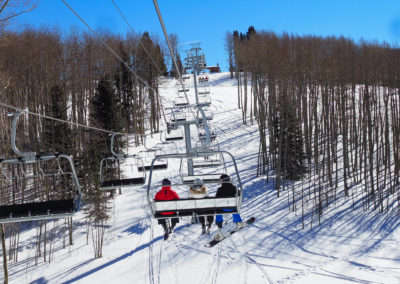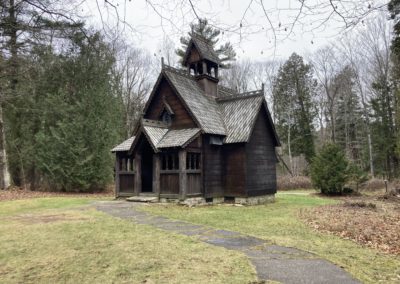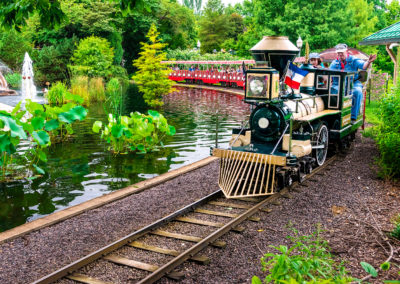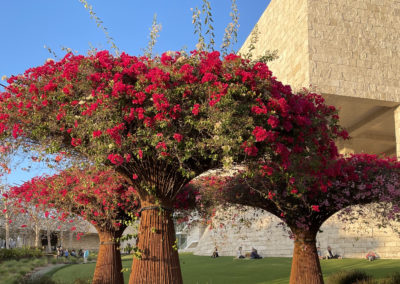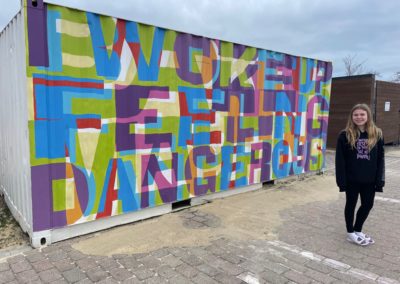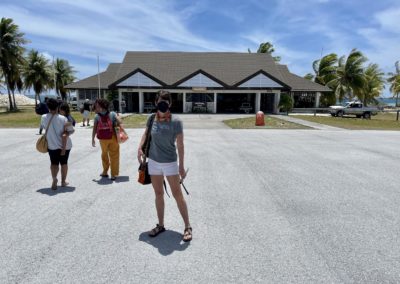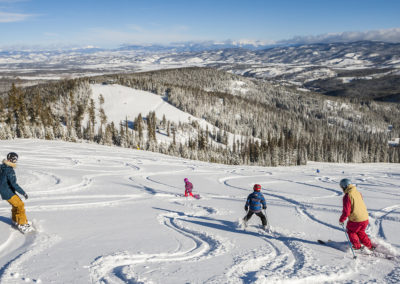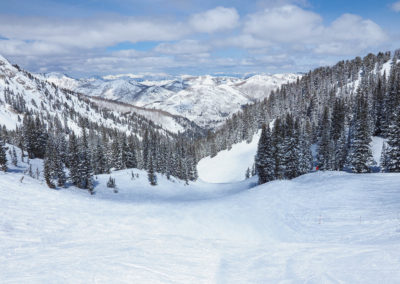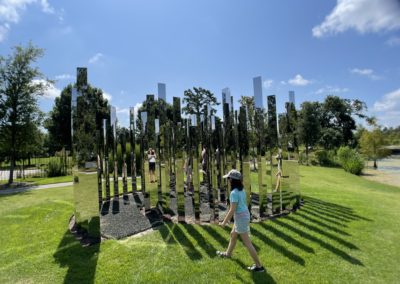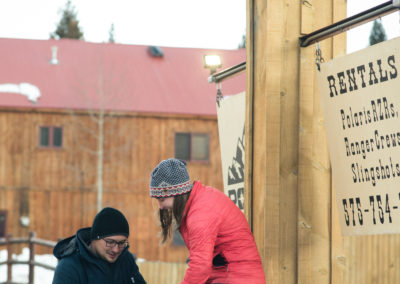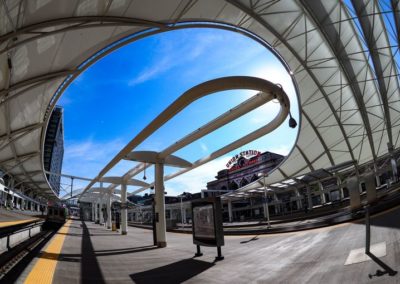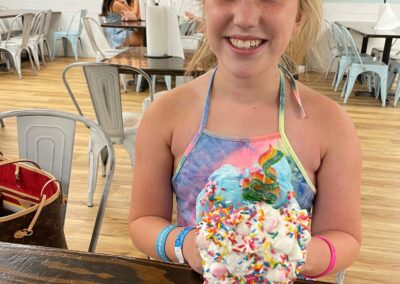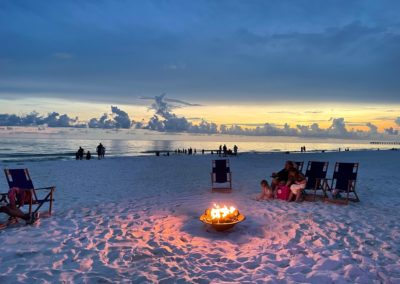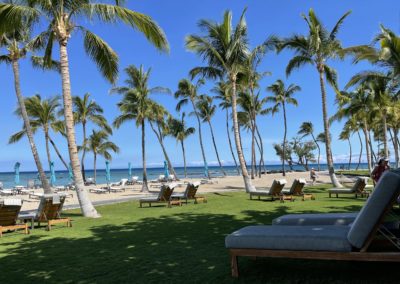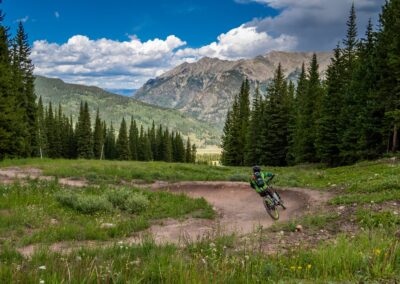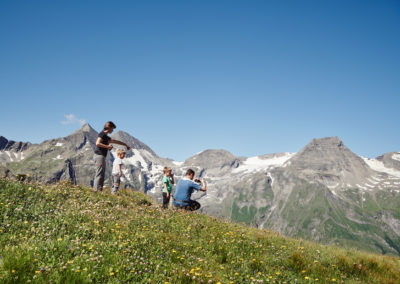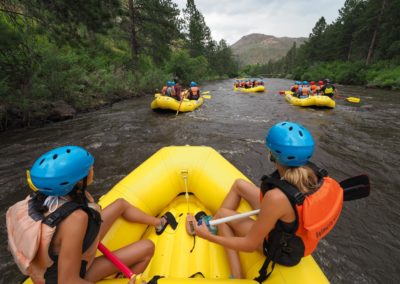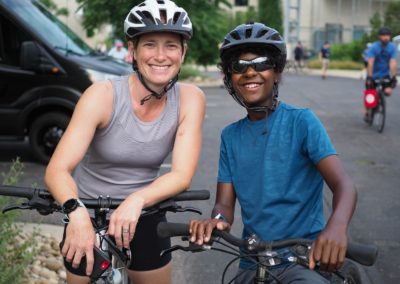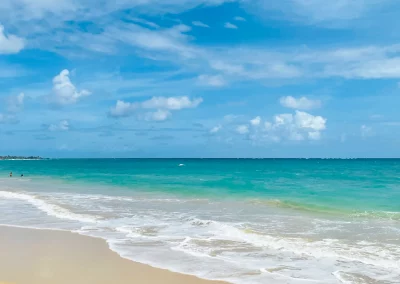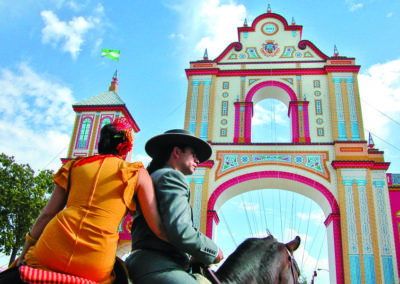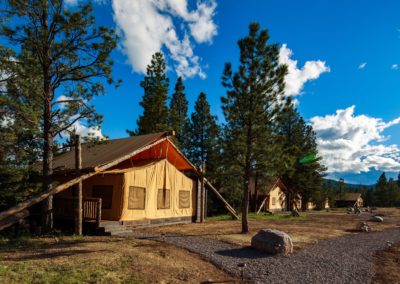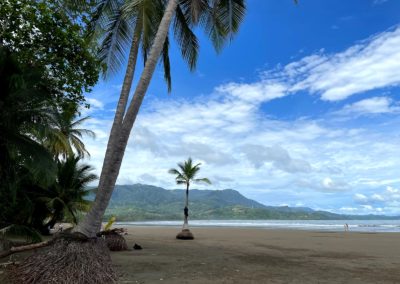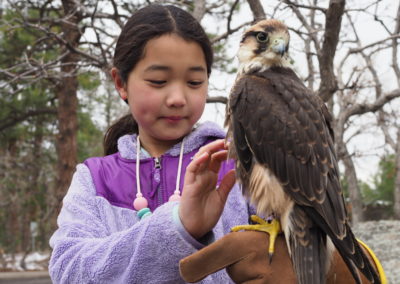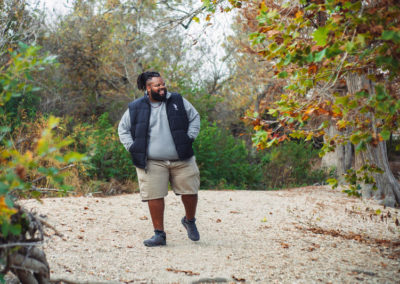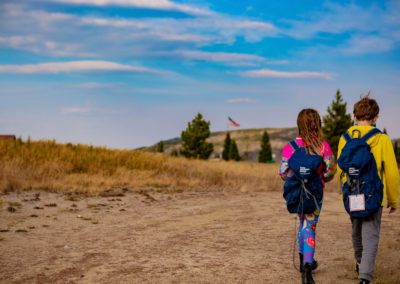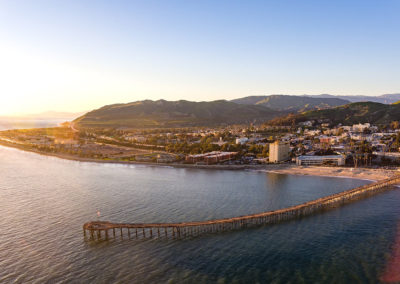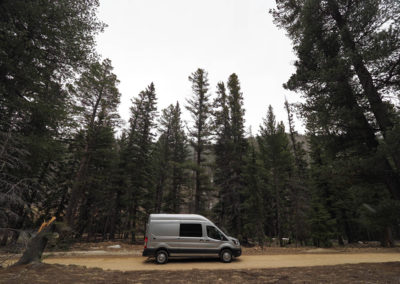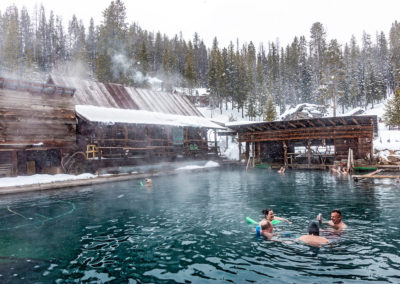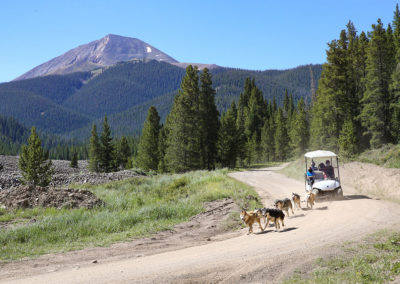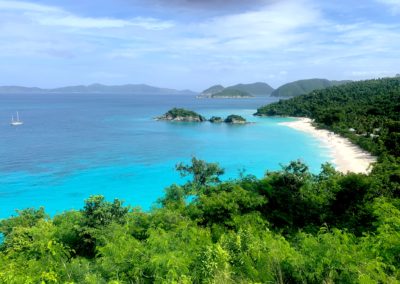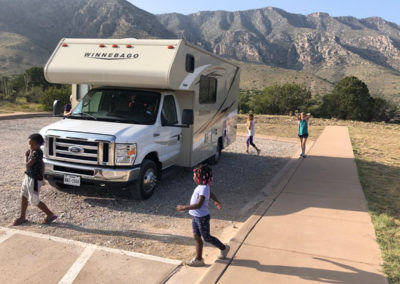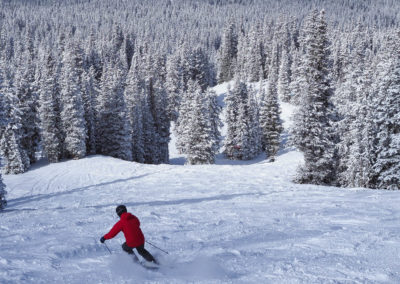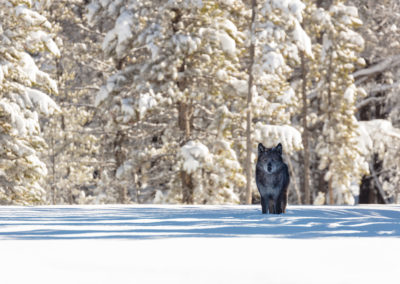“That happens,” says Per Karlsson, smiling. He hands me a cloth to staunch the bleeding and an oversized bottle of lager to squelch the pain. Unlike most novice oyster openers, I haven’t cut myself with the stubby knife I hold in my gloved right hand. Instead, I’ve managed to impale the unprotected palm of my other hand with the crusty edge of the Swedish-born oyster I seek to pry open under Per’s able tutelage. There’s a certain irony in that.
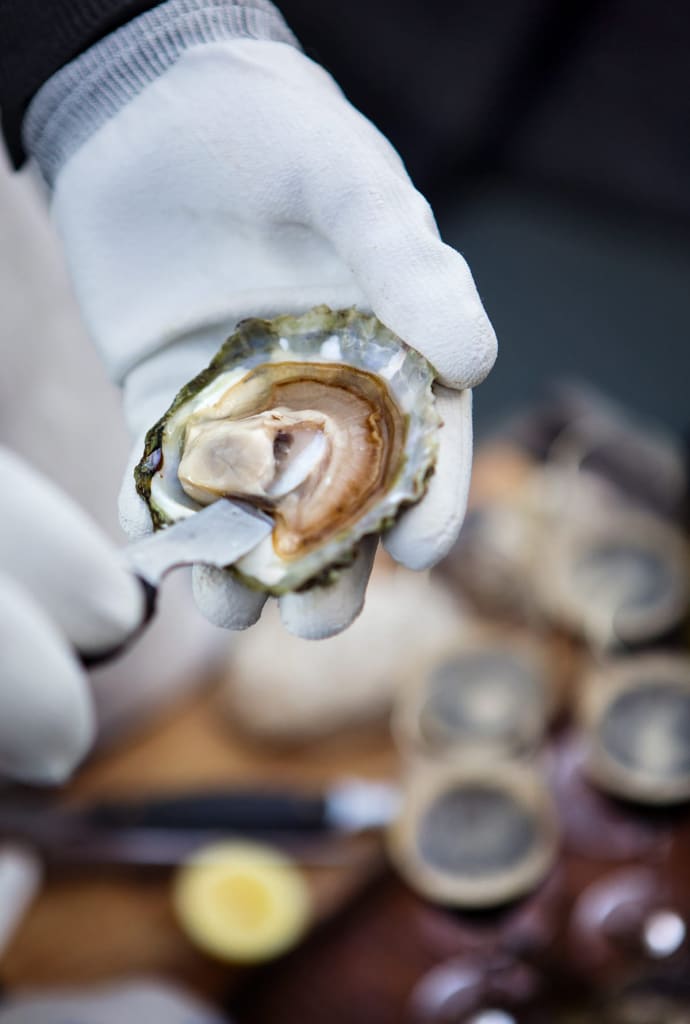
I’m bobbing and weaving on a storybook, blueberry-colored sea off Western Sweden’s Bohuslan Coast in a vintage, well-oiled, wooden boat with two brothers, Lars and Per Karlsson. With them, I’ve embarked on a journey meant to root myself in the food traditions of this rocky, Bohuslan otherworld, defined by its archipelago of 10,000 islands and its unusually deep, icy, salty water. Together, the Karlsson siblings run intimate eco-tours that begin in their curry-colored boathouse near the picturesque fishing village of Grebbestad. Depending on the season, they take eager adventurers out to sea for oyster, lobster or crab safaris, weaving their boat between islands and showing the eight to 10 people on board what it’s like to fish in waters located along the same latitude as Greenland.
RELATED: A baker’s dozen of the best historic spas across the world

These fishermen extraordinaire have another claim to fame. They happen to be the 5th and 11th rated oyster-opening champions in all of Europe. “What’s your record?” I shout to faster Lars through a salty breeze, hoping to take my mind off my still pulsating palm. He’s steering the boat and answers me, pirate-like, from the side of his mouth. “Thirty oysters in 2 minutes and a half,” he mutters. Hmm, it took me about that same time to wrench open my one oyster, sever the creature’s gooey musculature and cut my hand. Something tells me I won’t be competing in the Scandinavian oyster opening championships in the near future.
“They do take points off for blood,” acknowledges Per, scraping into the sea bed with an oyster rake and sleuthing for more oysters. He bags some in a net, then arranges them in a sculptural pile on deck, enwrapped in a nest of seaweed. Mindlessly, he pops open oysters and aesthetically places them on a plate, tutoring me for my next try as he works.

But I haven’t really joined the Karlsson brothers to train for the oyster Olympics. I’ve come to taste straight from the sea what Michelin Star impresario Paul Bocuse proclaimed to be “the best oysters in the world.” From this tiny area and its unique marine conditions come half the lobsters caught in Sweden and more than 90 percent of its delectable oysters. “What makes them so much better?” I ask, having another go at oyster prying, albeit with a bandaged hand. “They grow more slowly in this water,” says Per. “It gives them a more intense, complex flavor,” he adds, easing oysters open in a speedy blur before my eyes. He proffers me a huge silver oyster, enthroned like a king on its half-shell — and urges me to taste it. “This one must be around 15 years old,” he says. I put my lips on the bumpy shell, breathe in its briny aroma and tease out a slime of seafaring goodness. “Chew it,” suggests Per before I begin to swallow it whole. “It’s a kiss from the sea.” I do chew and each chomp becomes an umami moment that releases an unexpected essence of minerality and nuttiness so all-encompassing and gratifying that no lemon or other accompaniment is required to enhance it, save another sip of that Grebbestad-made lager.
RELATED: Dreaming of a Virgin Islands vacation? Tips for traveling to St. John right now
For the rest of our voyage, we cruise around islands, some of them as tiny as rocks and many of them covered with fat seals. At intervals, the brothers stop to pull up crab traps or to toss in a fishing line. They take me alongside island houses painted turquoise and orange, telling me stories about inhabitants from the past. Per spreads handcrafted horseradish cream cheese on seaweed-speckled crackers and snaps the cap off a few beers. I decide it can’t get any better than this, but it does. When we return to shore, I join the brothers for a seafood repast in their quayside hut. Amid décor that includes nets, hanging buoys, crates and tattered photographs of fishermen of yore, we dig into platters of steamed crab, shrimp, crayfish — and more oysters.

My trip to the Bohuslan Coast continues to be a series of discoveries. One day I take a fast boat to Sweden’s most western islands: Vaderoarna, or the Weather Islands. En route, we pass an isle the size of an American backyard — and on it sits a house. Not a palace, this turns out to be the former summer home of Ingrid Bergman, and my boat driver threads the boat in loops around it, telling me personal tales that intrigue even the other passenger — a fellow Swede — on board. We arrive at our destination, an uncanny place that sits on an expanse of purplish-black rock, dotted with a green that screams deserted, desolate island. The light dances in pink gavottes across pointy rocks. A lighthouse stretches to the sky. Here, the pilots lived in seclusion, minding their occupation for more than a century. Their job? To guide boats through the archipelago. Now, atop the remote place, a 30-bed guesthouse welcomes visitors who delight in doing nothing. I do enjoy the sweltering rough-hewn sauna that hovers above the frigid water — and the plunge into the chilly waves afterward. Later, I hike the island, sketch, read and become intoxicated by a life-altering sunset. I gaze so long at the explosion of colors that the chef himself leaves the restaurant to pull me back into the kitchen.

Finally, my last day, in the tiny seaside village of Fjallbacka, all my Scandinavian thriller dreams come true. I meet the mother of popular mystery author Camilla Lundberg — and I help her solve a whodunit. As I pass the home that was the setting for Lundberg’s English-translated novel “The Ice Princess,” Lundberg’s mother runs out, disturbed. She’s looking for her missing mobile phone. Summing my very best Kalle Blomquist instincts, I help her search. And, guess what? I accompany her to the waterside cabin where … I find her phone. And she hugs me. It’s a Bohulsan Coast moment — and I figure we should celebrate by sucking down some oysters. Karlsson brothers, where are you? The shucking’s on you.

If You Go

Getting there:
Fly to Gothenburg’s Landvetter Airport and consider spending some time in Sweden’s hip, second city. Choose Hotel Avalon, www.avalonhotel.se.

Stay:
Weather Islands, www.Vaderoarna.com.
Do:
Take an oyster, lobster or crab safari with the Karlsson brothers, www.Evertssjobod.se. Safari prices: Lobster, averages $125 per person; oyster, averages $100 per person, not including lodging. Additional packages are available.








